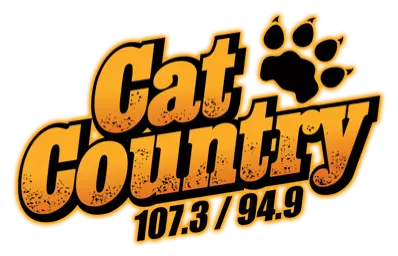
Reducing Wildlife Collisions: Utah DWR’s Measures For Safer Roads
Several years ago, I was traveling with my family to Salt Lake City during a winter storm when we had the unfortunate experience of colliding with a deer. It didn’t do the deer any good, and it wiped out our vehicle, so all in all that’s not something I would like to have happen again.
The Utah Division of Wildlife Resources (DWR) cannot eliminate such incidents while we travel, but they are working to reduce the number crashes involving wildlife. Jessica Kinross is an Impact Analysis Biologist for the DWR and will be joining us this coming Monday of the Wildside program on KSUB.
The number of incidents involving vehicles and wildlife may surprise you. Based on information from the relatively new Roadkill app from the DWR “I think within the first year, the whole state recorded over 3000 road kill deer. I looked up for our region that in the last year we've had about 1000...1000 animals hit just in our region, the southern region,” Kinross said.
Jessica then talked about some of the things the division is involved with to reduce the number wildlife and human collisions. She mentioned the high fencing that is now up along most of Interstate 15 to keep wildlife off the highway. But it is more than just fencing. “Fencing is really only effective when you don't fragment their habitats that you be able to maintain connectivity. So it's whenever you put in fencing, you always want to consider crossings or overpasses or underpasses,” Kinross told us, continuing, “there is research done that you want to have them (crossings) within the distance that you're not going to fatigue the animals. But what's kind of interesting is the animals kind of get trained to know where to cross and a lot of times it takes the head female to show them where to cross so that that's been kind of neat to learn in this new position of mine. But the crossings that we've put in so far have been pretty effective, like I-70 has some crossings for elk and they're underpasses. I don't know if you seen (them) by Cove Fort.”
Kinross also reminds us that this is the time of year with the higher likelihood. “We're seeing a lot of road kill along the roads because the deer (are) down in the valley. And so I'd say that might be one of the the top things that I'm focusing on right now in, in my position,” Kinross said. She also mentioned the Roadkill app available from the DWR and made the case why people should download the app. “It allows the public to report road kills that we can go pick them up (especially) in some instances if they're in an unsafe area that we can go pick them up and remove them. It also provides us with data so that we know where these hot spots are, where we have deer crossing the road. Perhaps it's in the migration corridor and this helps us identify areas that we might want to be do projects such as put in wildlife fencing and crossings,” Kinross said.
Kinross does much more than gather information about collisions with wildlife, and provides information on wildlife habitat to stakeholders in various projects being considered here in southern Utah. Find out the whole scope of her work by listening to the Wildside show Monday morning at 6:30 on KSUB.


